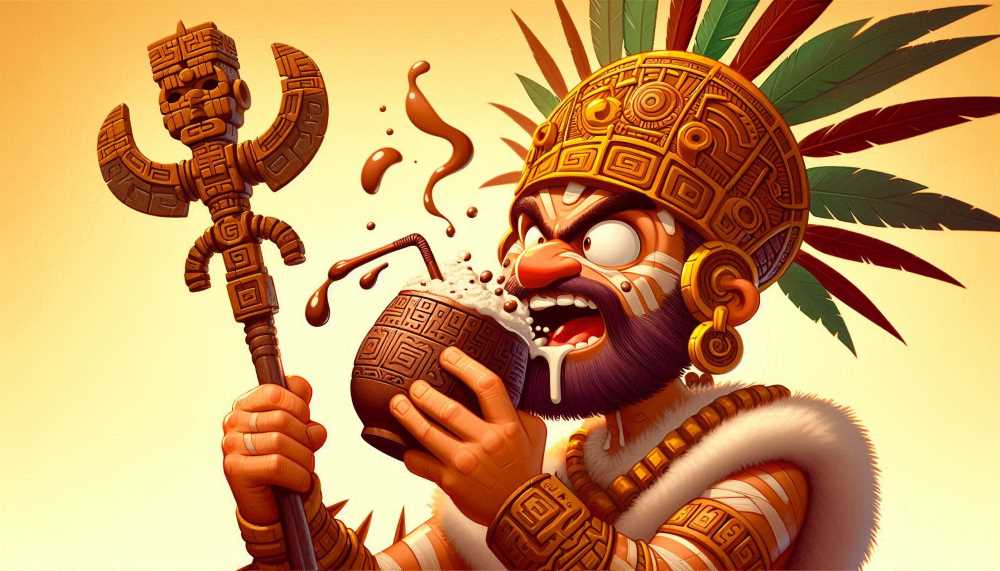The Price of Blood and Heart (The Ancient Origins of Cocoa)
The cocoa bean, a sacred commodity in Mesoamerica, was prized for its nutritional value, ritual significance, and economic importance. The bean was used as currency, a symbol of status, and a central element in religious ceremonies.

For those with a penchant for the sophisticated, velvety, and – dare we say – sacred delights of cocoa, the Theobromae family is much more than just the family tree of everyone's favorite indulgence. It’s a tale as rich as a 70% dark chocolate bar, sprinkled with history, culture, and perhaps a dash of intrigue.
The tropical and often impenetrable Amazon basin isn't just home to peculiar creatures and plants that could give Dr. Seuss a run for his money. It’s also the likely birthplace of the beloved cacao. Some 4,000 or 5,000 years ago, before influencers, the only thing going viral was the wild spread of cocoa beans through Central America.




